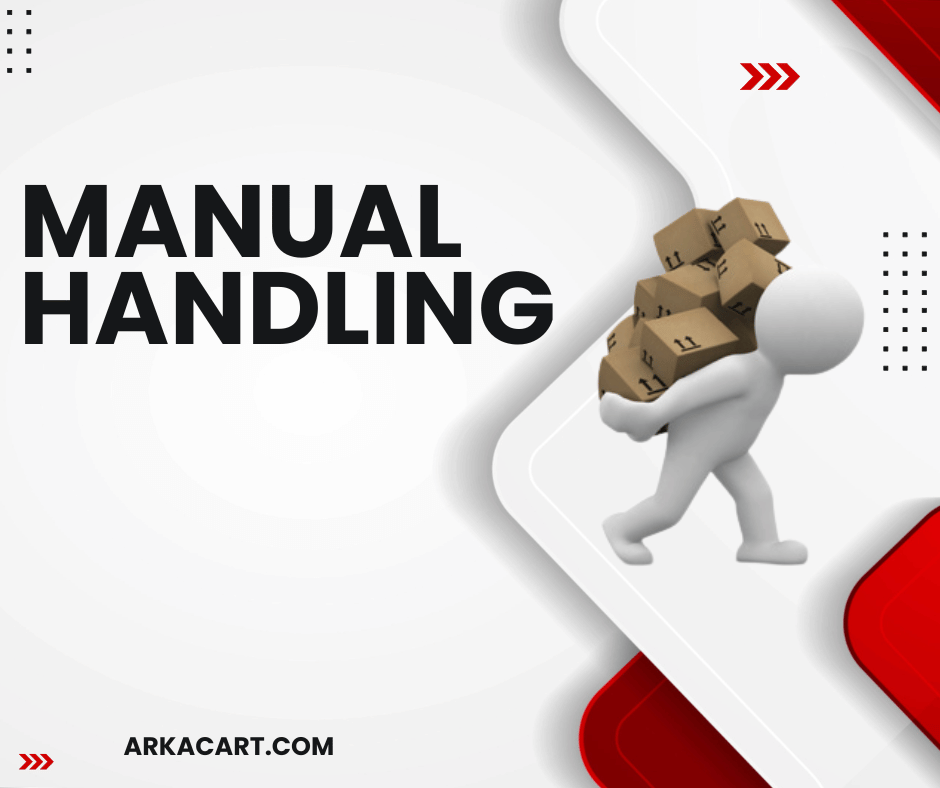Tile Manual Handling — TILE, LITE & TILEO Explained

Tile Manual Handling is a safety concept used to minimize the risks associated with lifting, carrying, pushing, or pulling objects manually. TILE is an acronym that helps workers assess risk factors before engaging in any manual handling task. It is widely used in industries like healthcare, construction, manufacturing, and logistics.
What Does TILE Stand For in Manual Handling?
TILE is a simple memory aid that stands for:
-
T – Task
-
I – Individual
-
L – Load
-
E – Environment
Let’s break down each element:
✅ T – Task
Evaluate how the task is performed:
-
Is it repetitive or awkward?
-
Does it involve twisting or bending?
-
Is the task long in duration?
✅ I – Individual
Consider the person doing the task:
-
Are they physically fit?
-
Do they have any health conditions or injuries?
-
Are they properly trained?
✅ L – Load
Look at the object being handled:
-
Is it heavy or bulky?
-
Is the weight evenly distributed?
-
Can it be gripped securely?
✅ E – Environment
Check the surrounding conditions:
-
Is the floor slippery or uneven?
-
Is there enough lighting?
-
Is the space cramped?
What is LITE in Manual Handling?
LITE is simply a rearrangement of TILE, often used in some organizations and industries. It stands for:
-
L – Load
-
I – Individual
-
T – Task
-
E – Environment
The components are the same; only the order is different. The idea remains the same: evaluate the risk before you lift.
What is TILEO in Manual Handling?
TILEO adds an extra component to TILE:
-
T – Task
-
I – Individual
-
L – Load
-
E – Environment
-
O – Other Factors
✅ O – Other Factors
This refers to additional elements that might affect manual handling, such as:
-
Use of mechanical aids like trolleys or hoists
-
Team handling situations
-
Time pressure or fatigue
-
PPE requirements
TILEO is a more detailed and comprehensive version of TILE, used in more complex workplaces where additional risks exist.
Why is TILE Manual Handling Important?
Manual handling injuries are one of the most common causes of workplace accidents. By applying the TILE principles, employers and workers can:
-
Reduce injury risk
-
Comply with health and safety laws
-
Promote a safer work culture
-
Improve productivity
Tips for Safe Manual Handling
-
Always assess using TILE before lifting
-
Keep the load close to your body
-
Bend your knees, not your back
-
Use equipment when needed
-
Don’t hesitate to ask for help
Conclusion
Understanding and applying TILE, LITE, and TILEO in manual handling is essential to workplace safety. Whether you’re lifting boxes in a warehouse or transferring patients in a hospital, these principles can help prevent injuries, improve efficiency, and ensure compliance with safety regulations.


